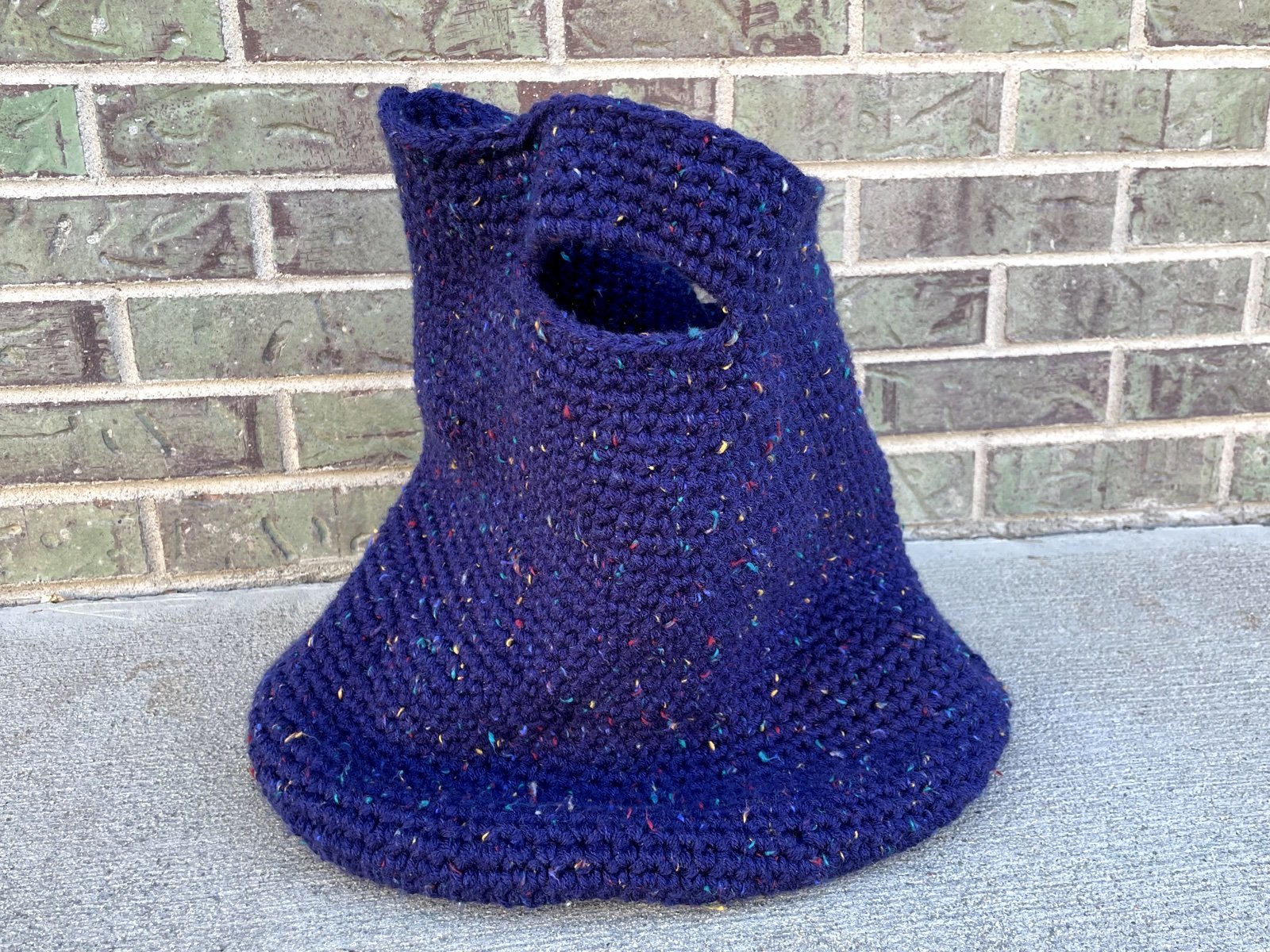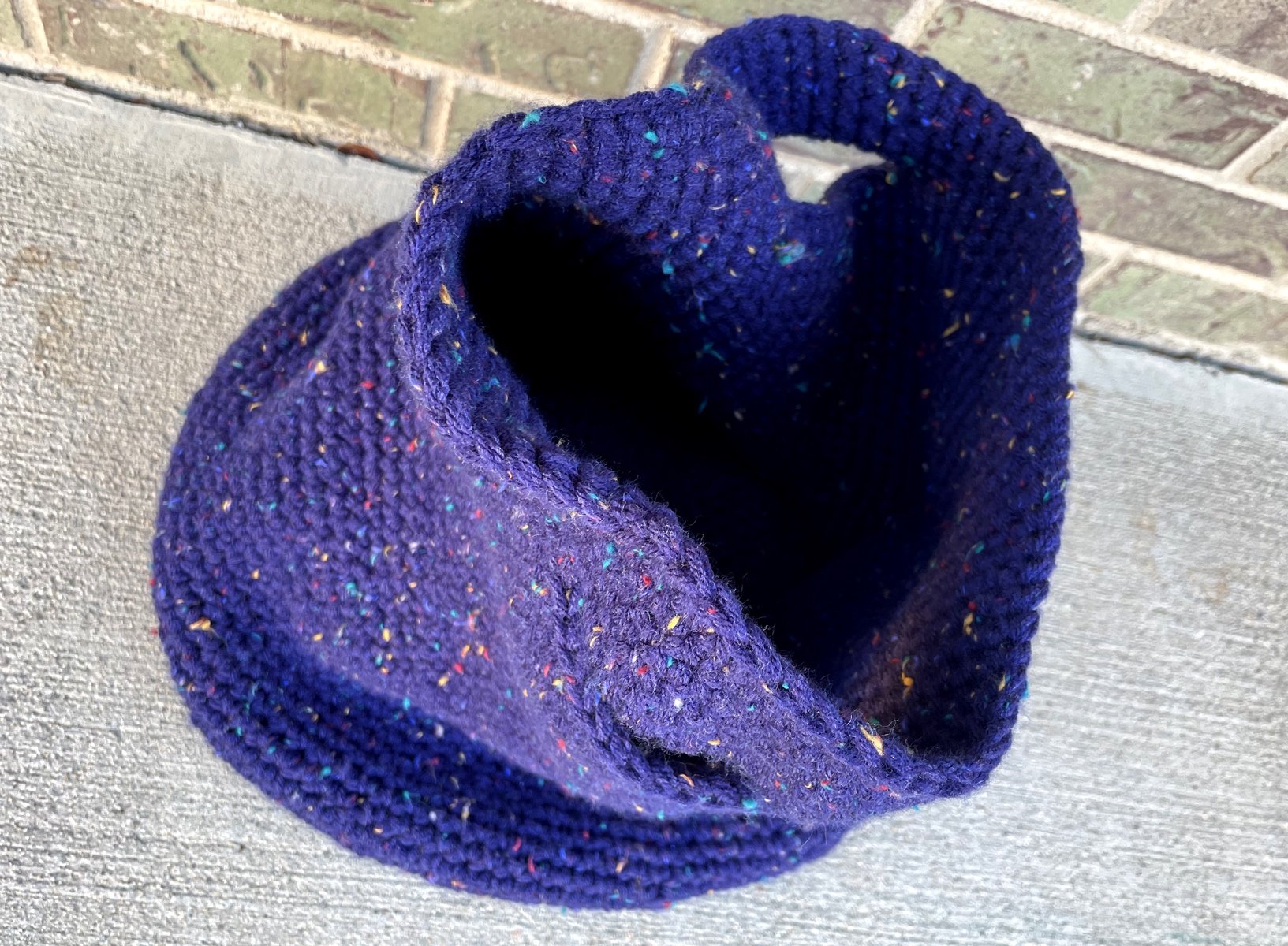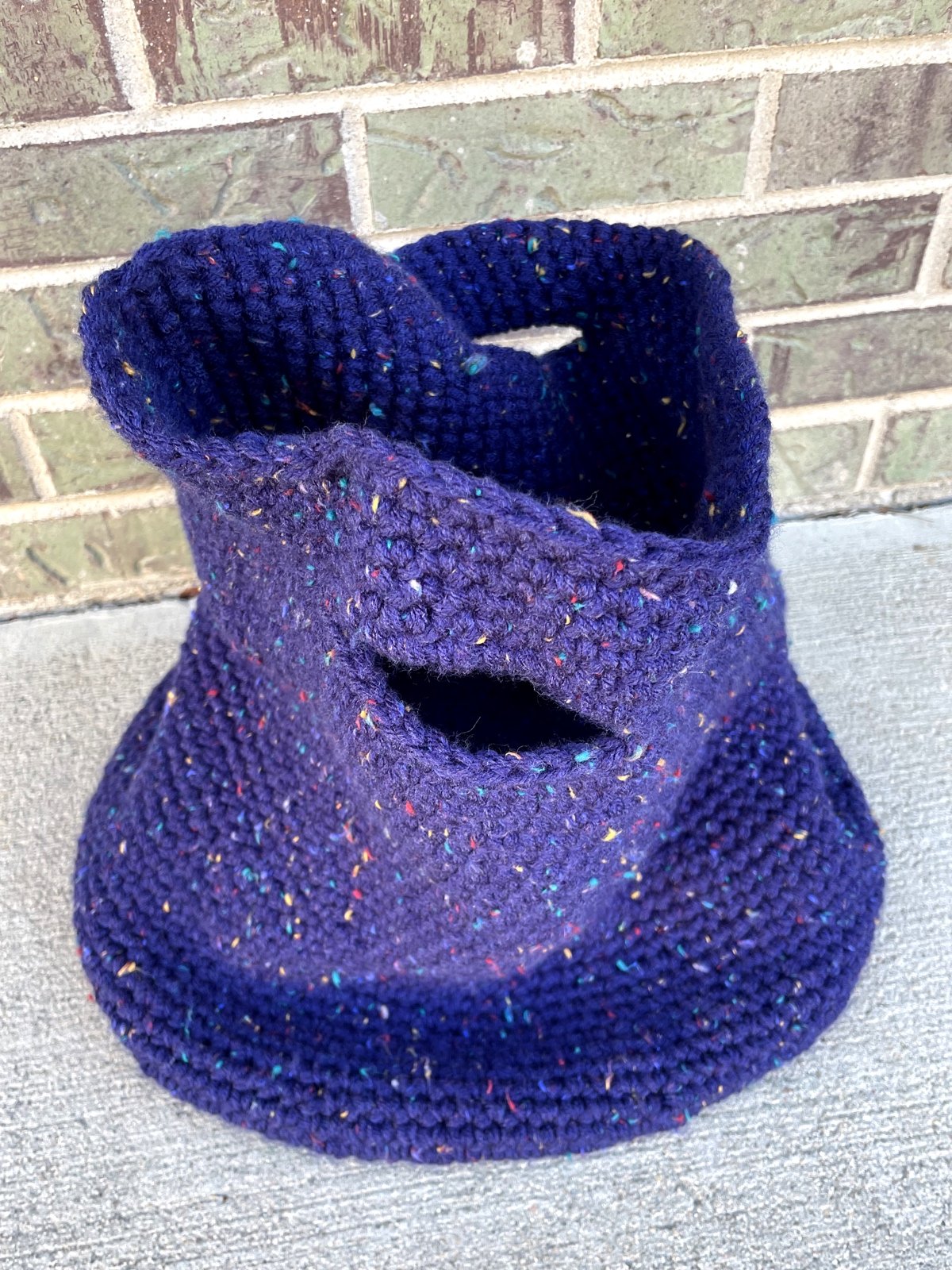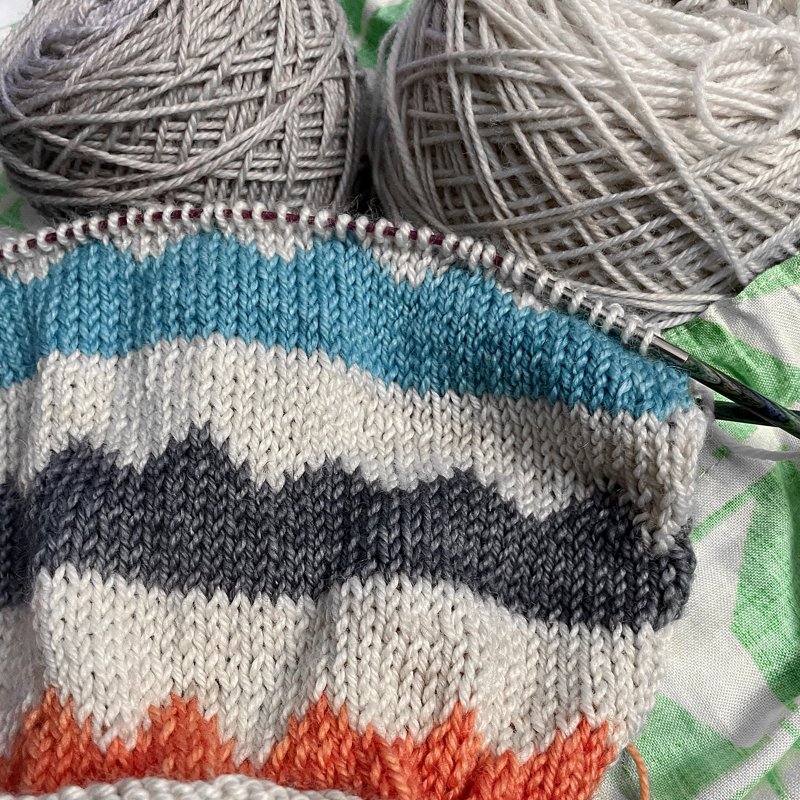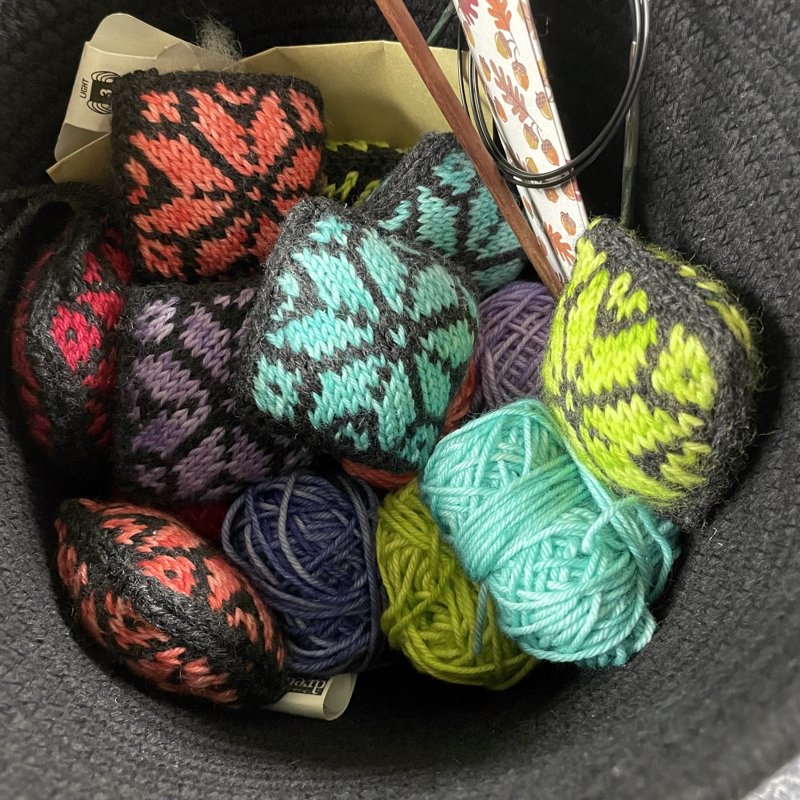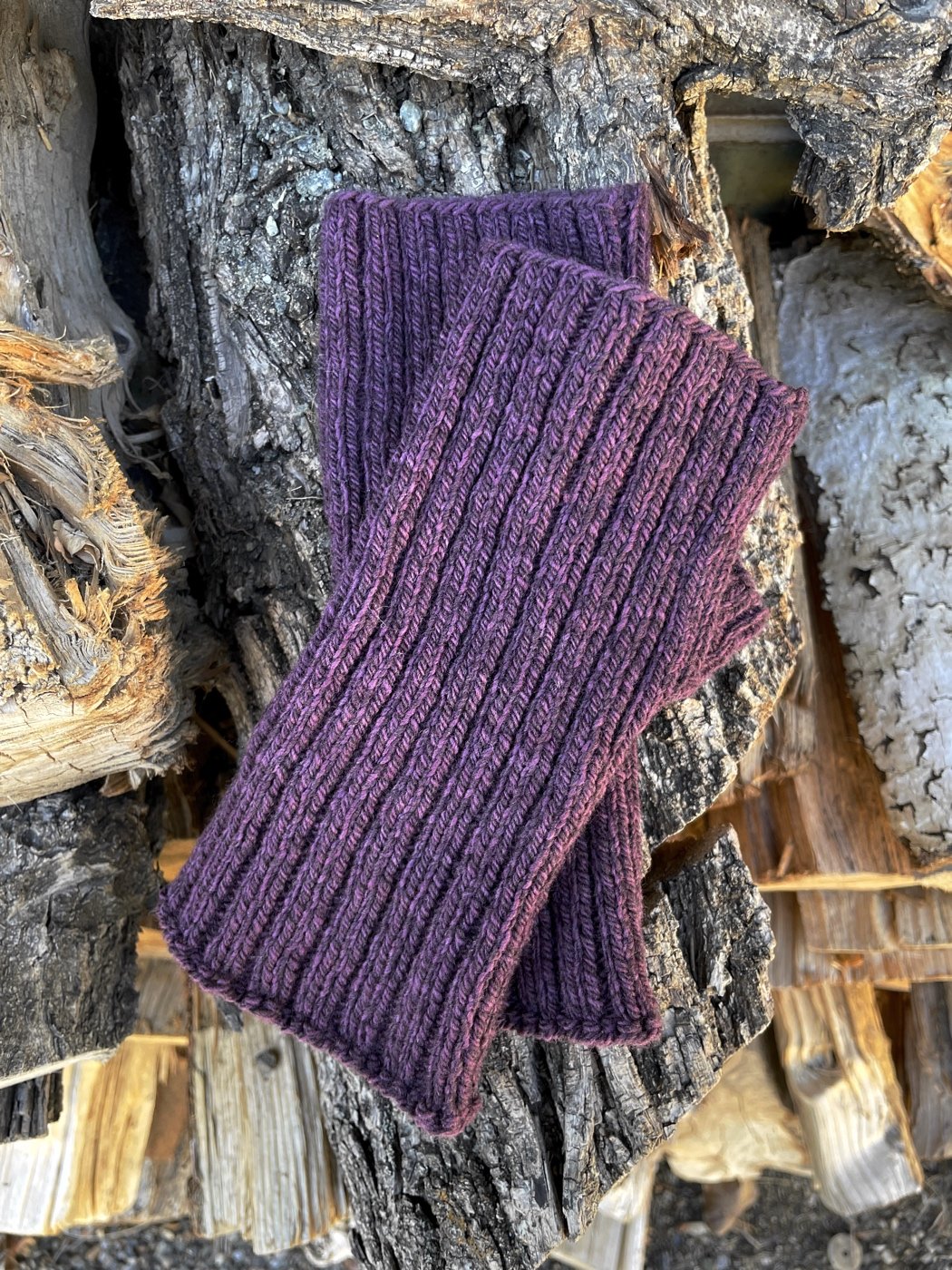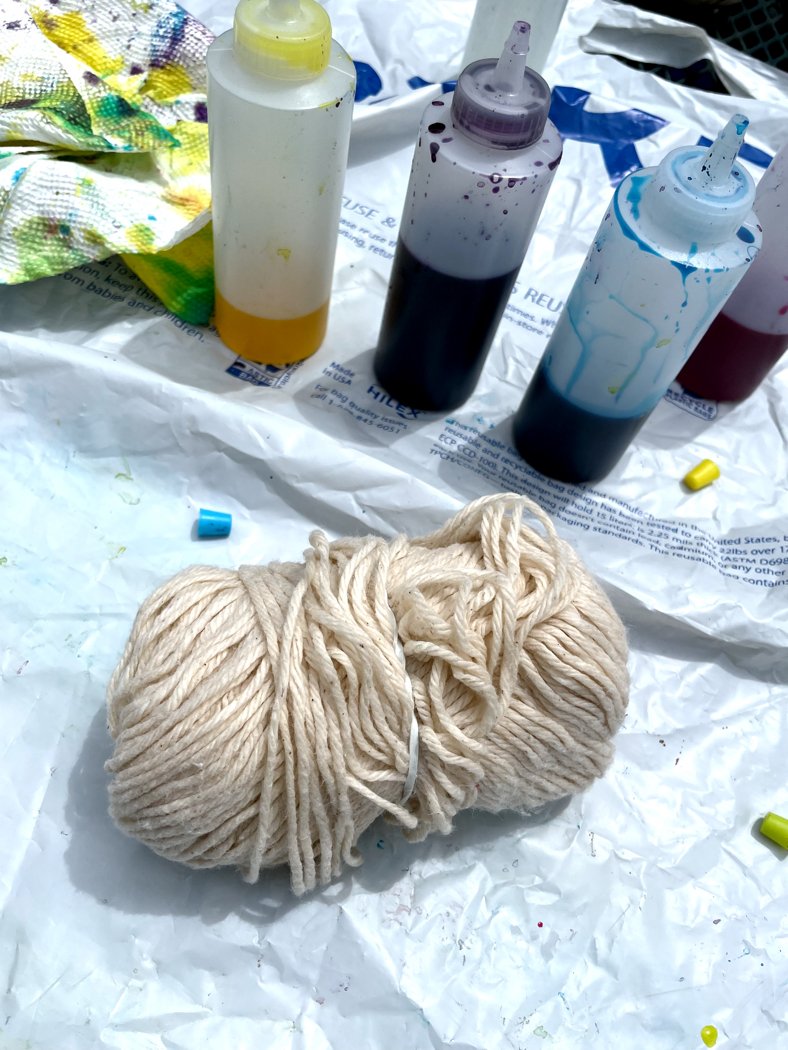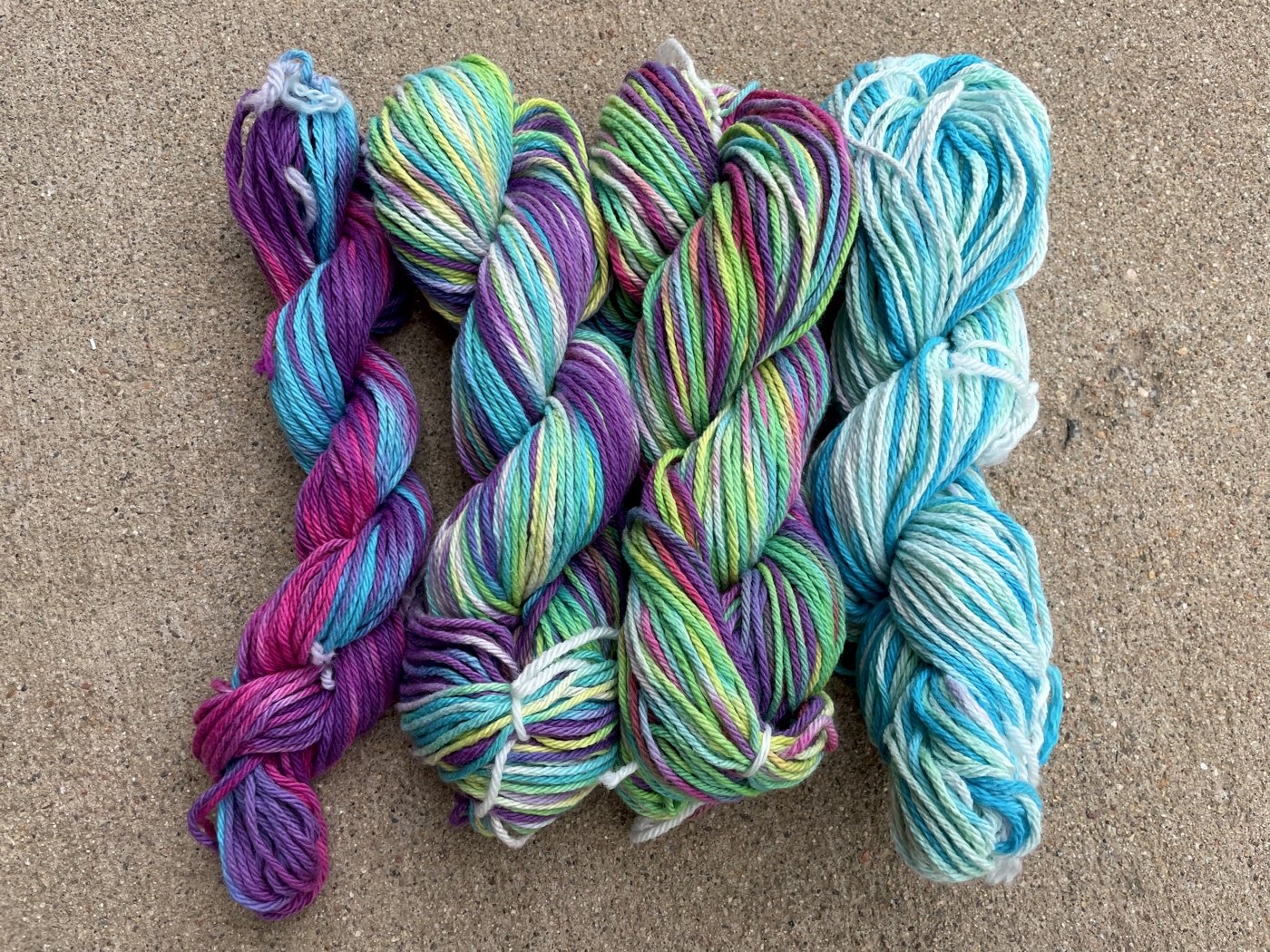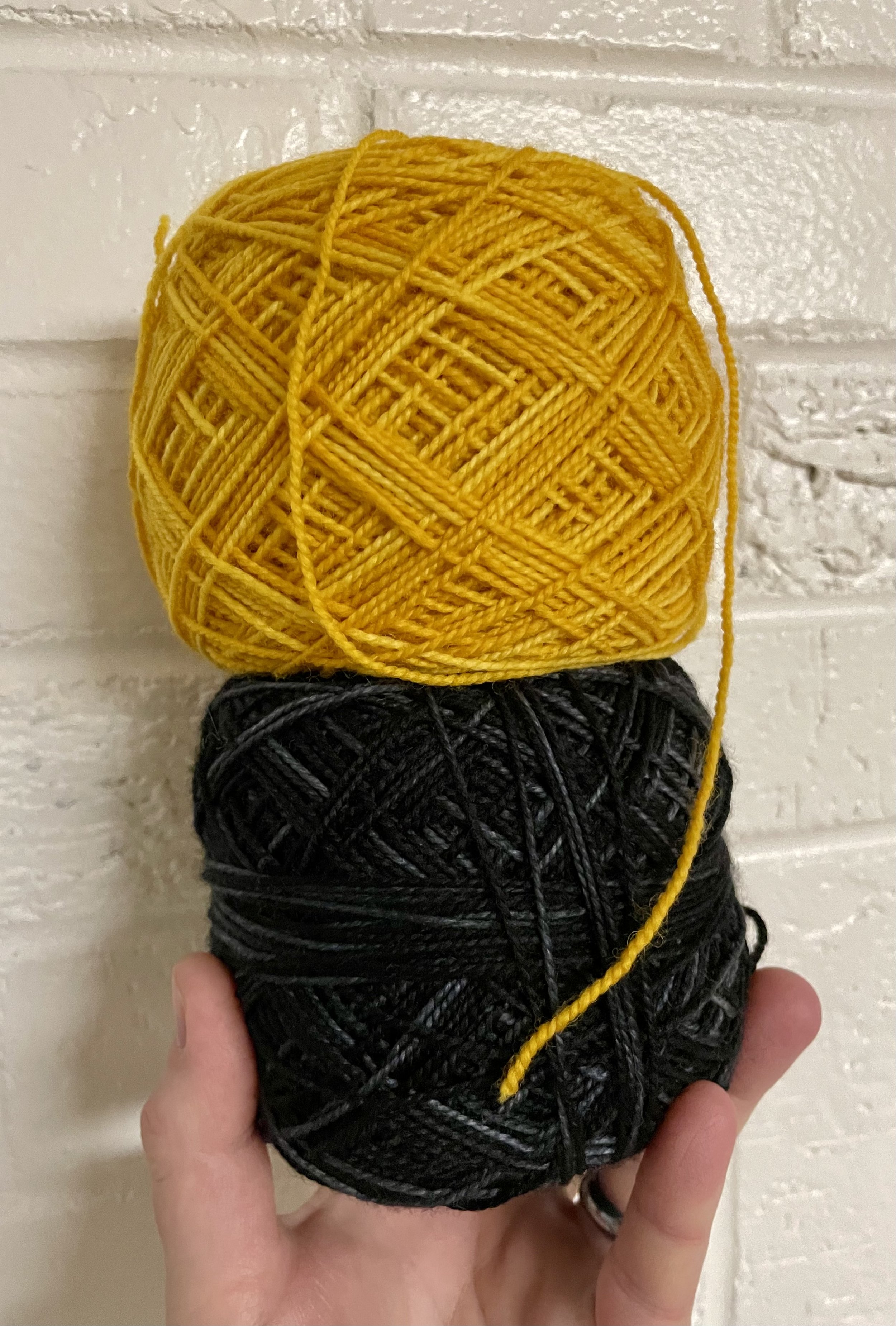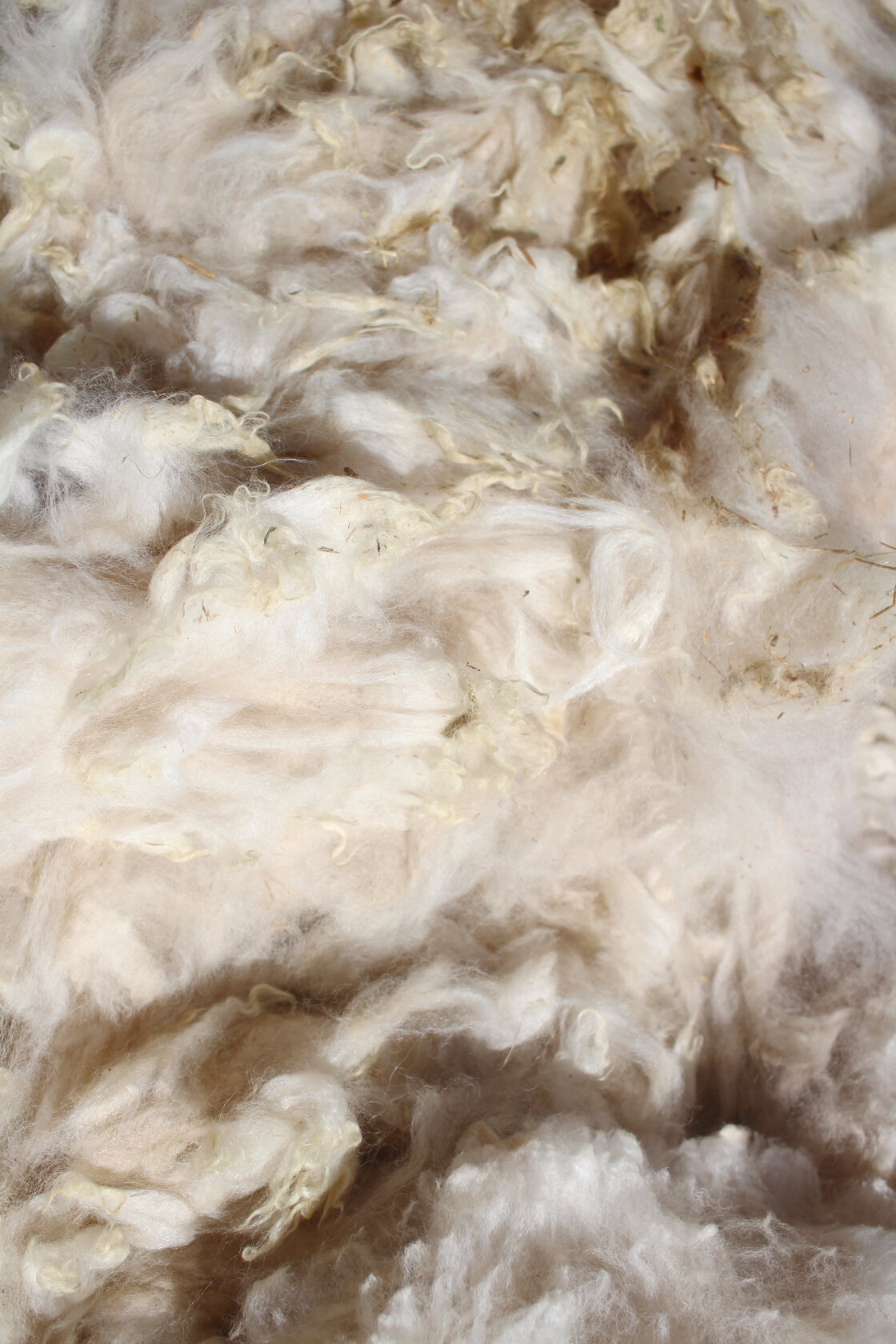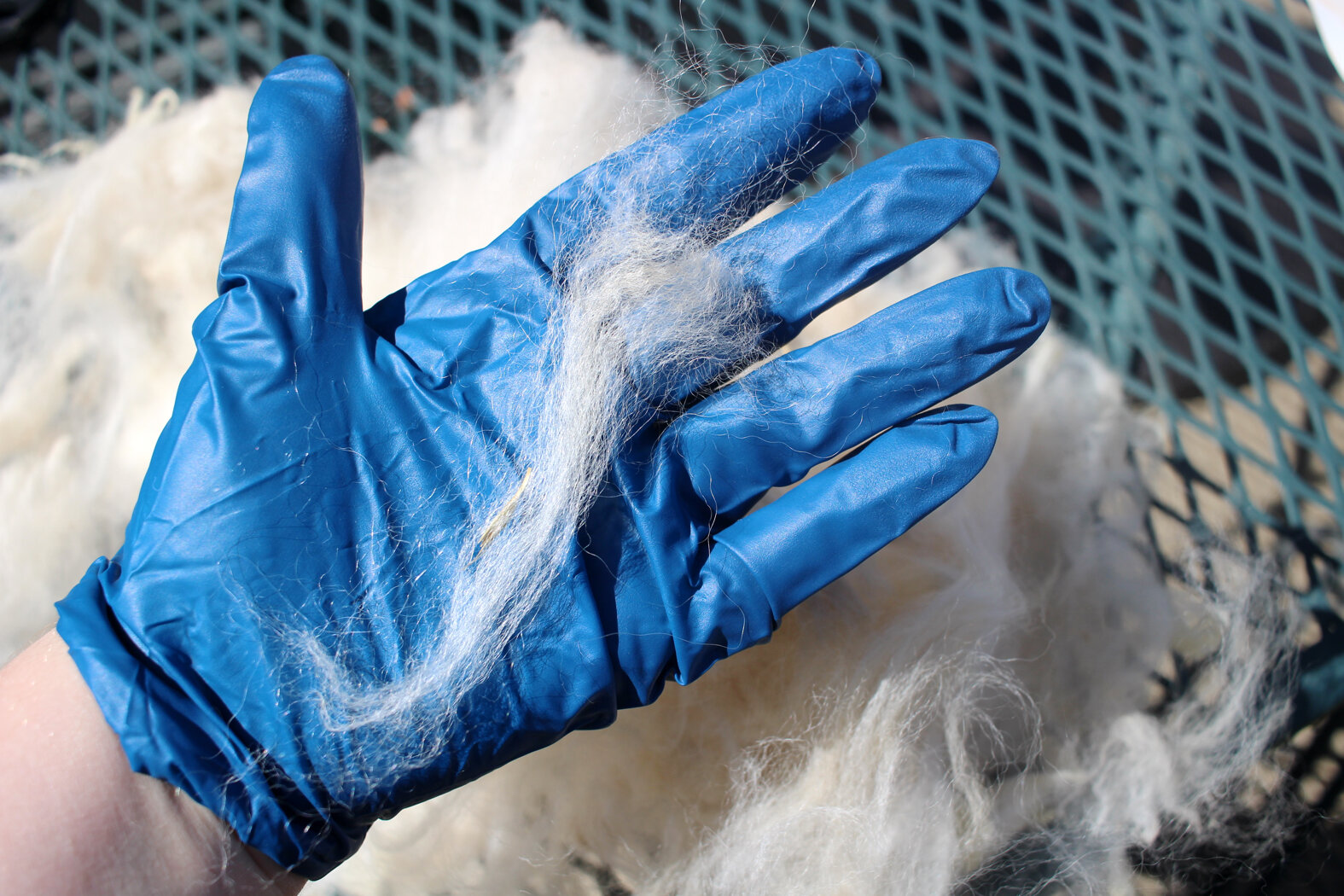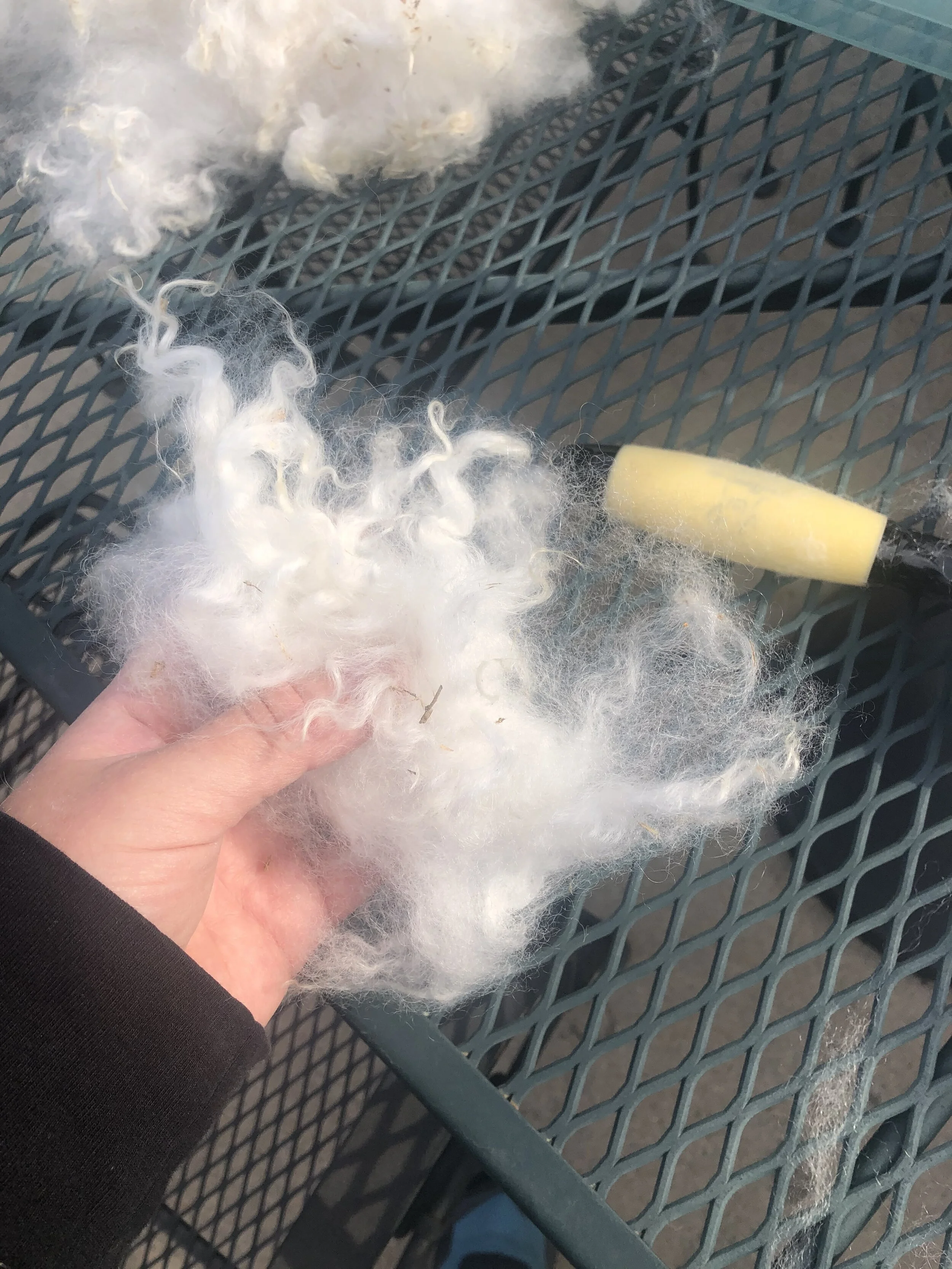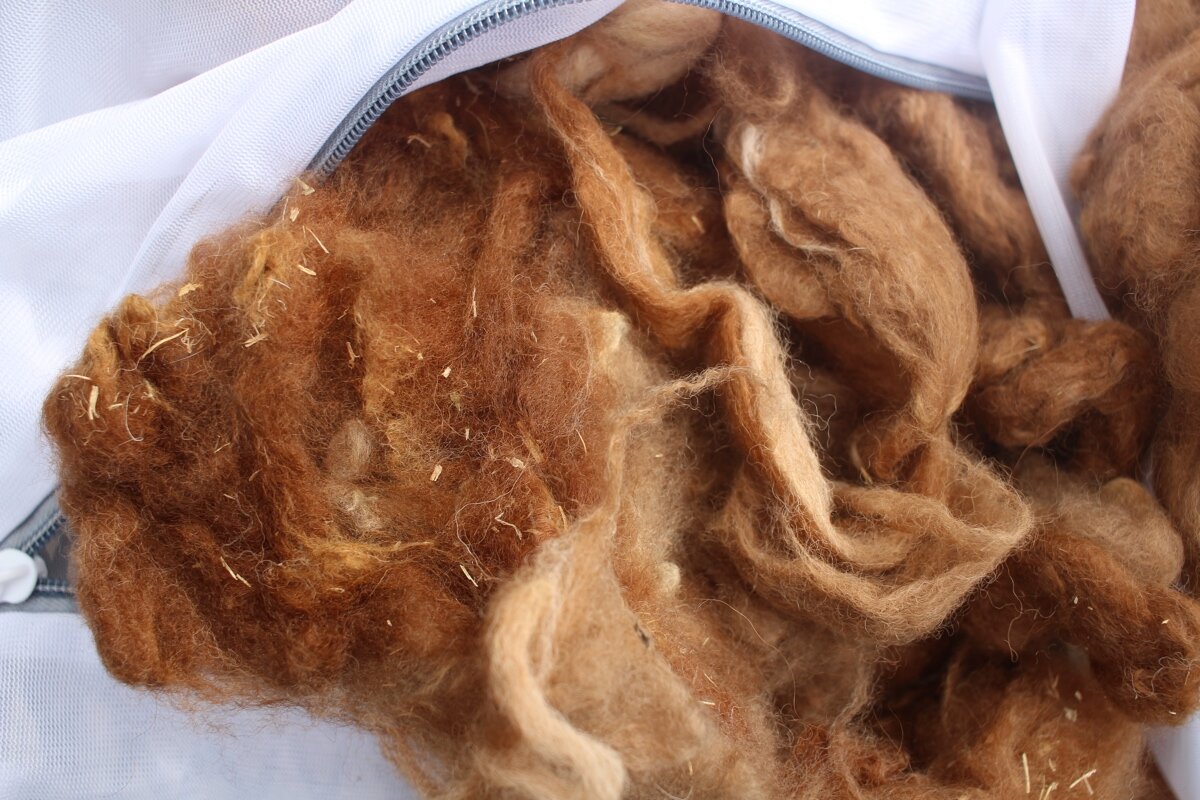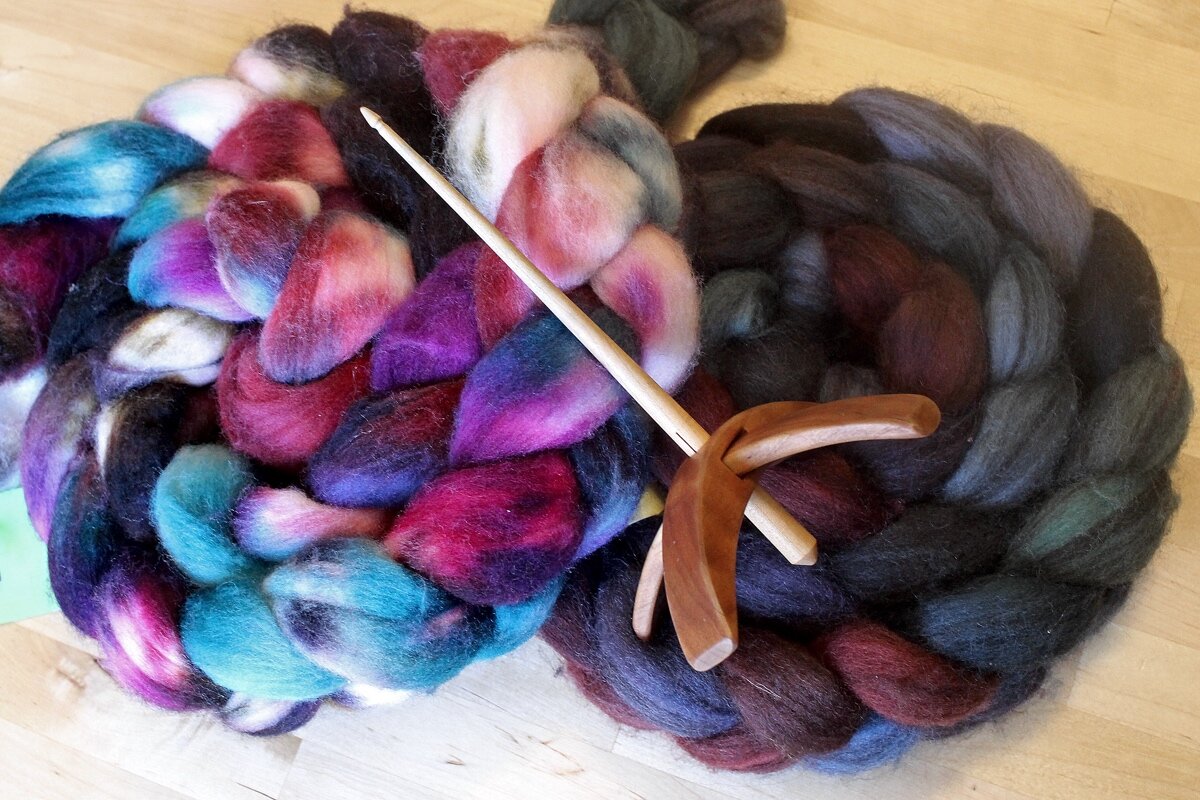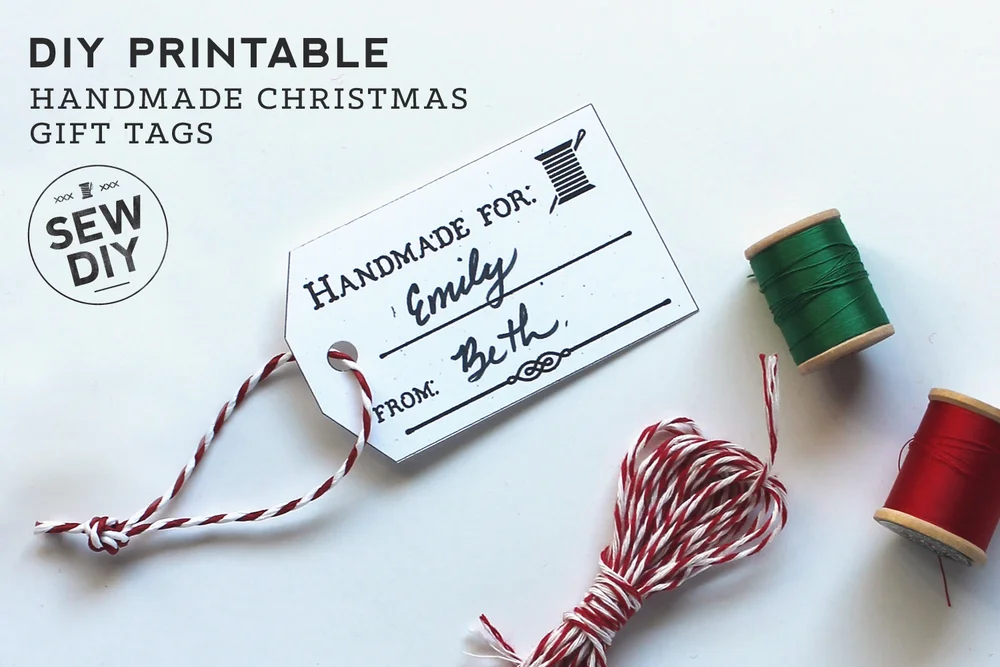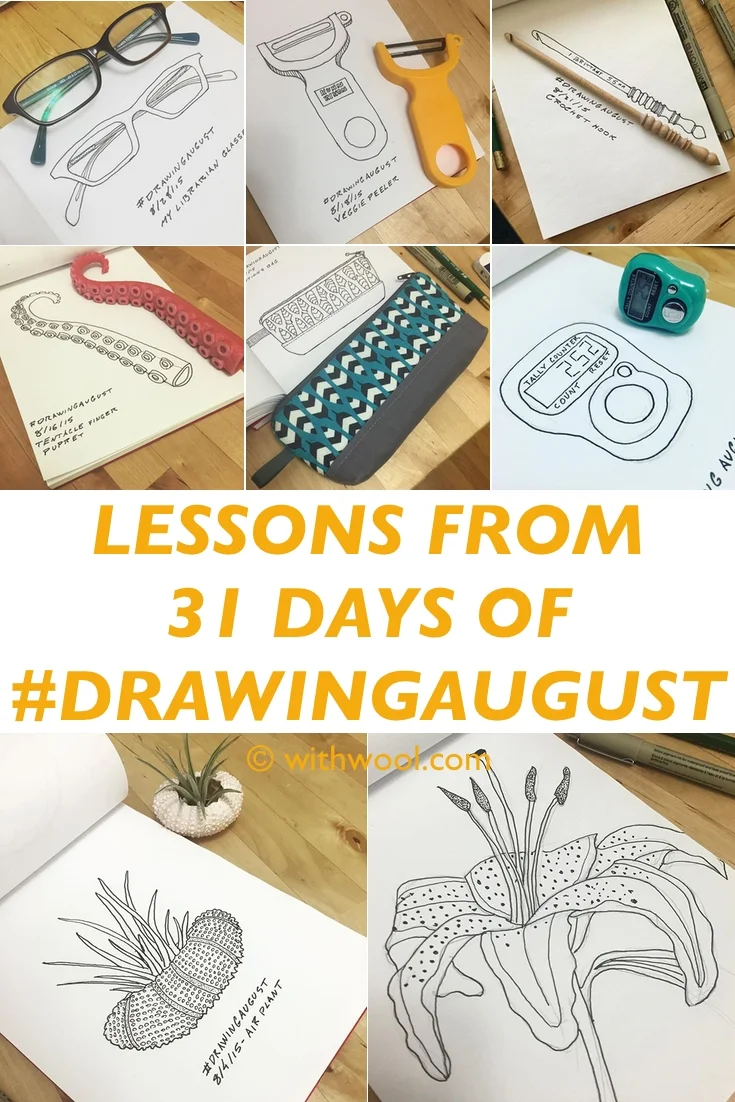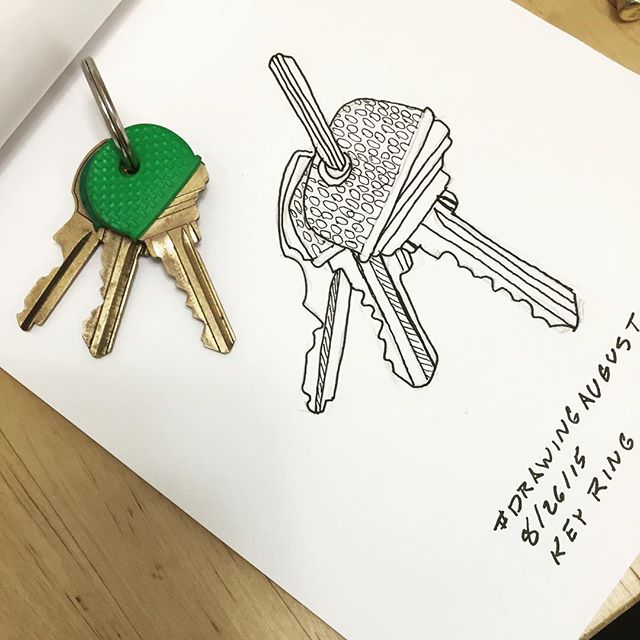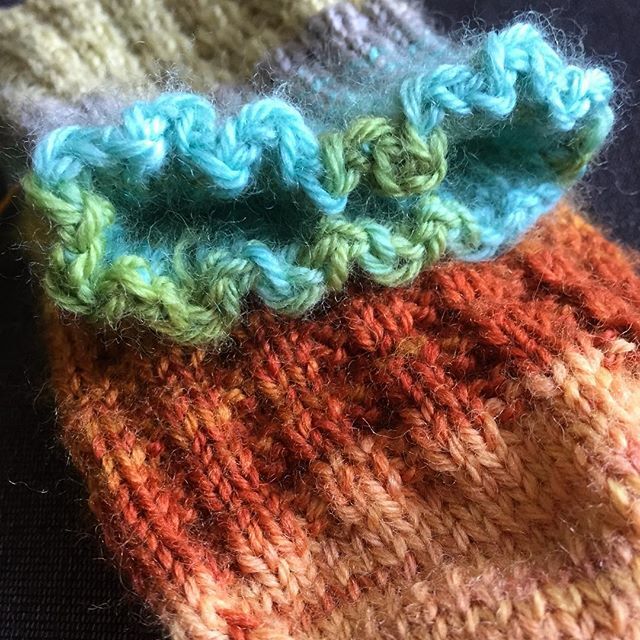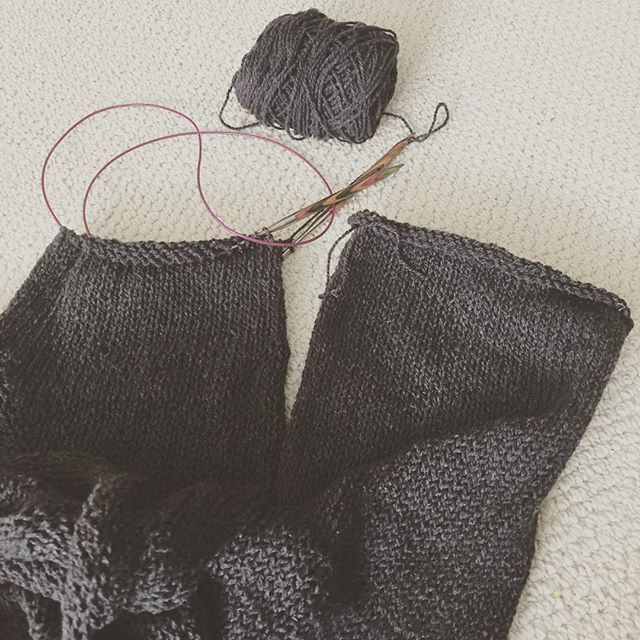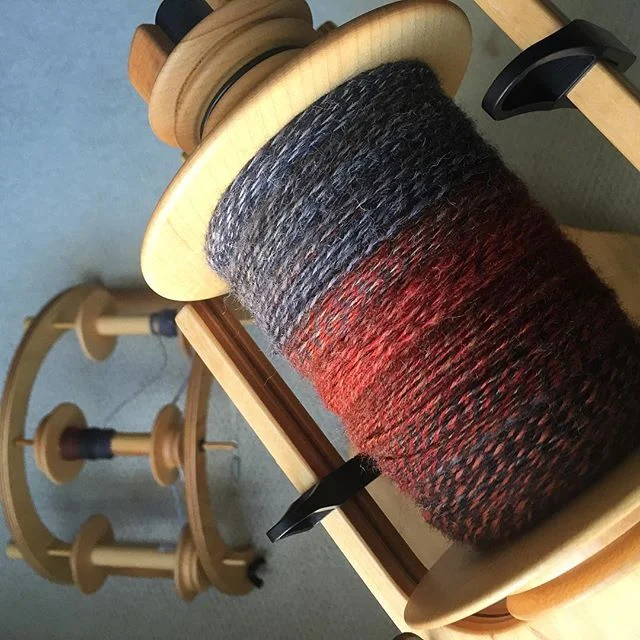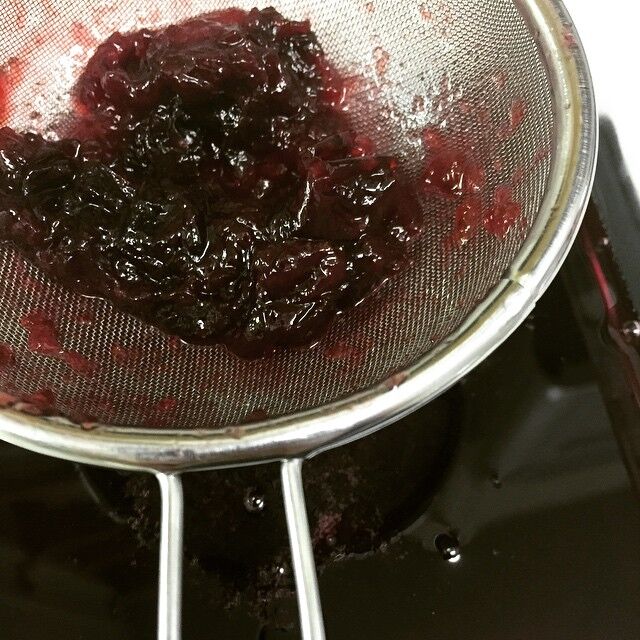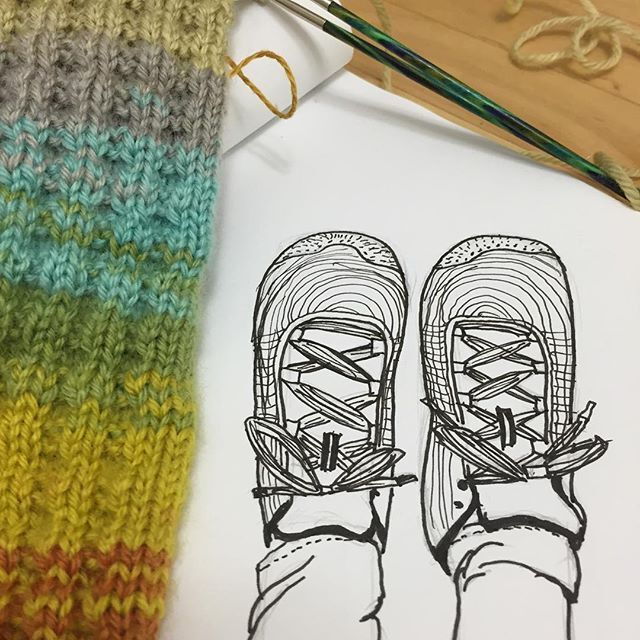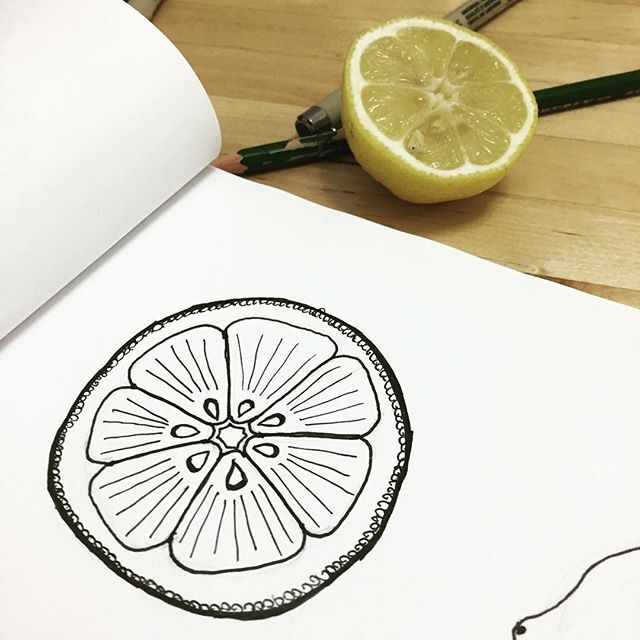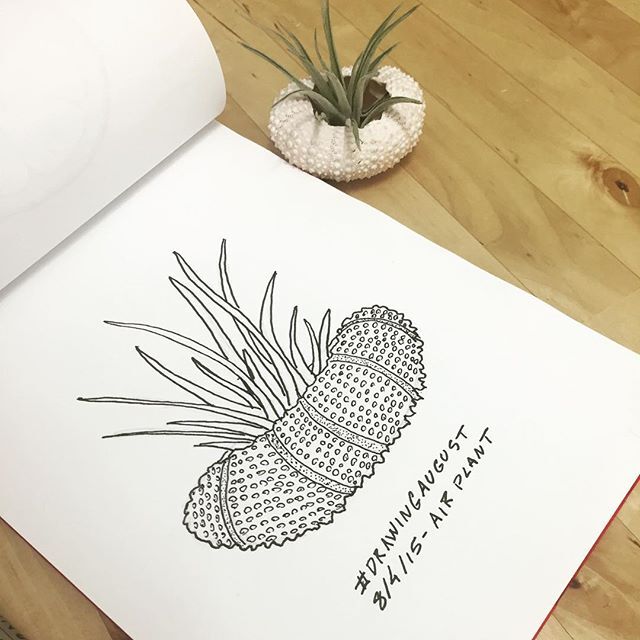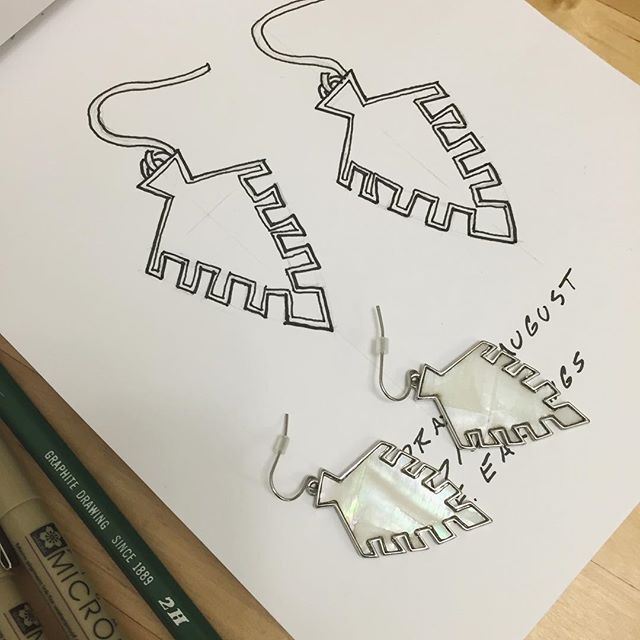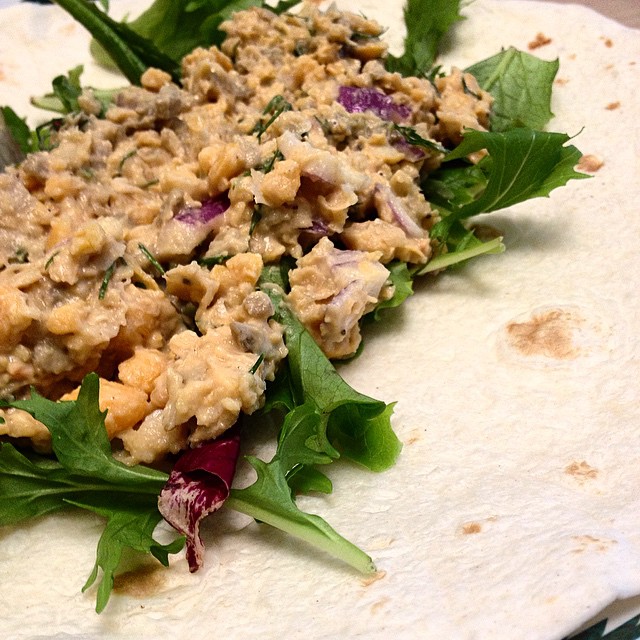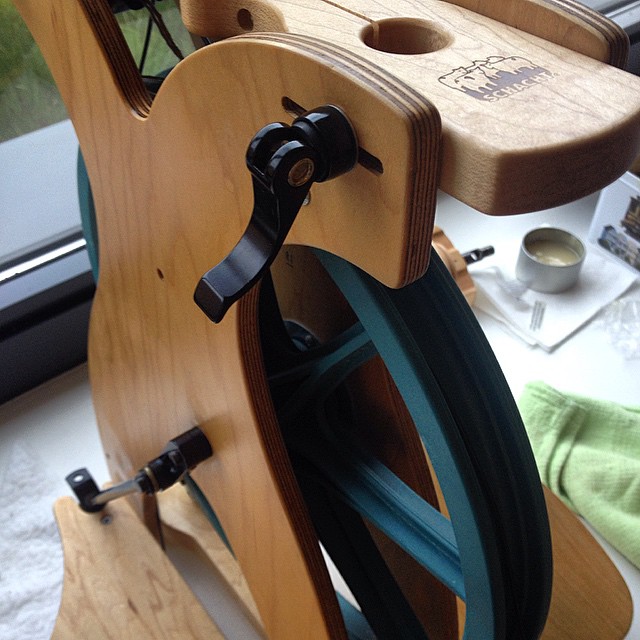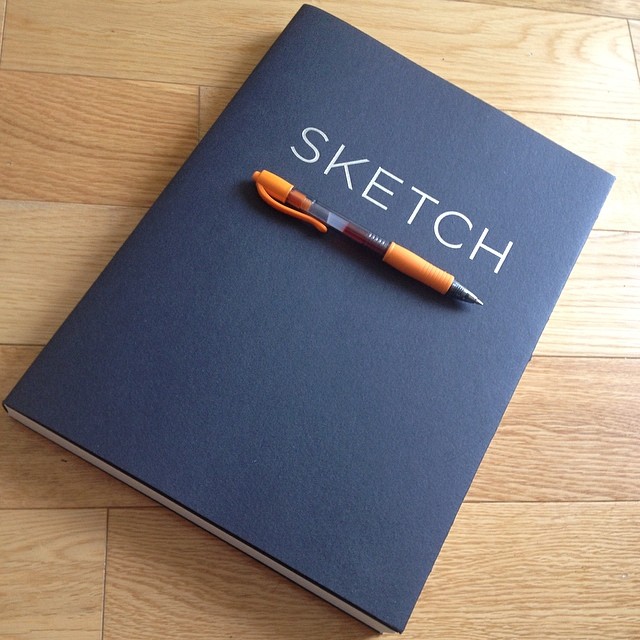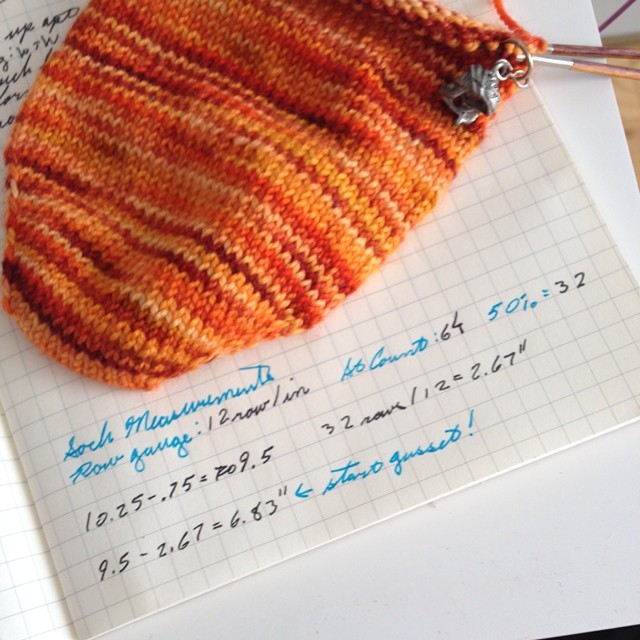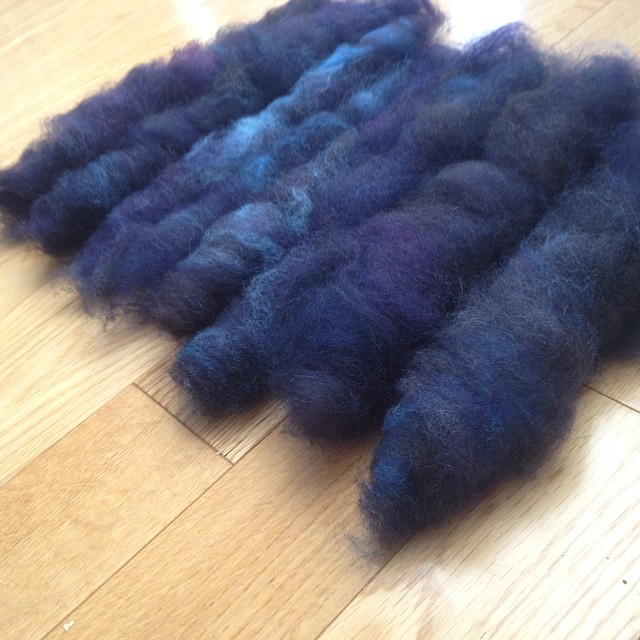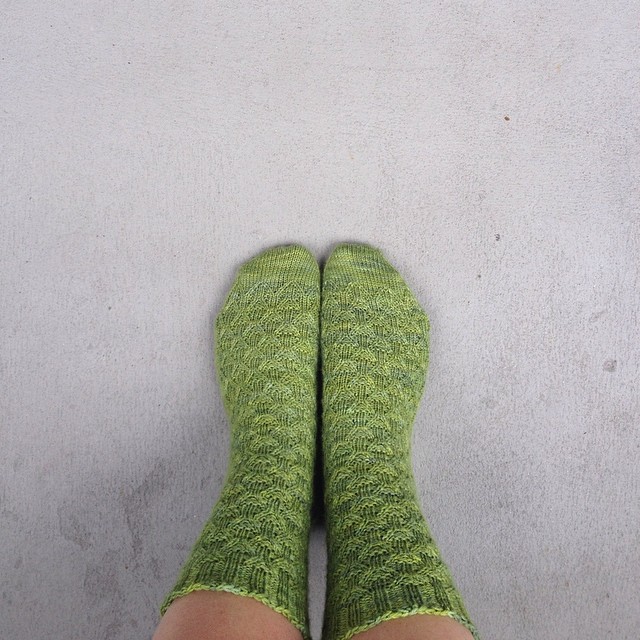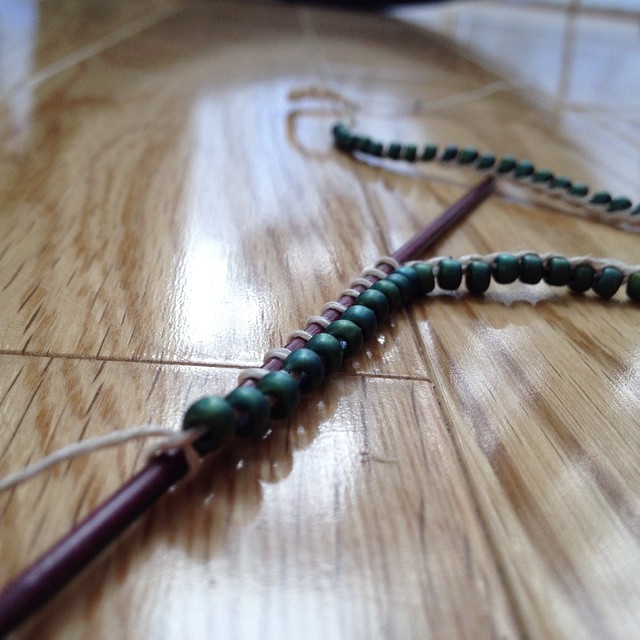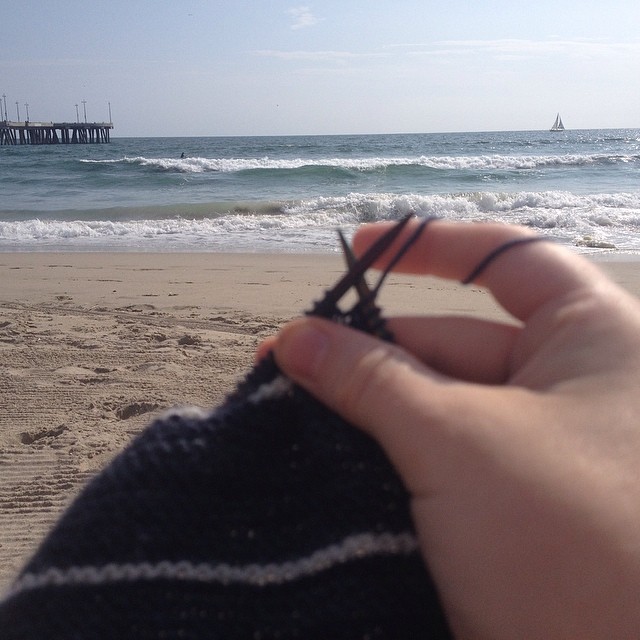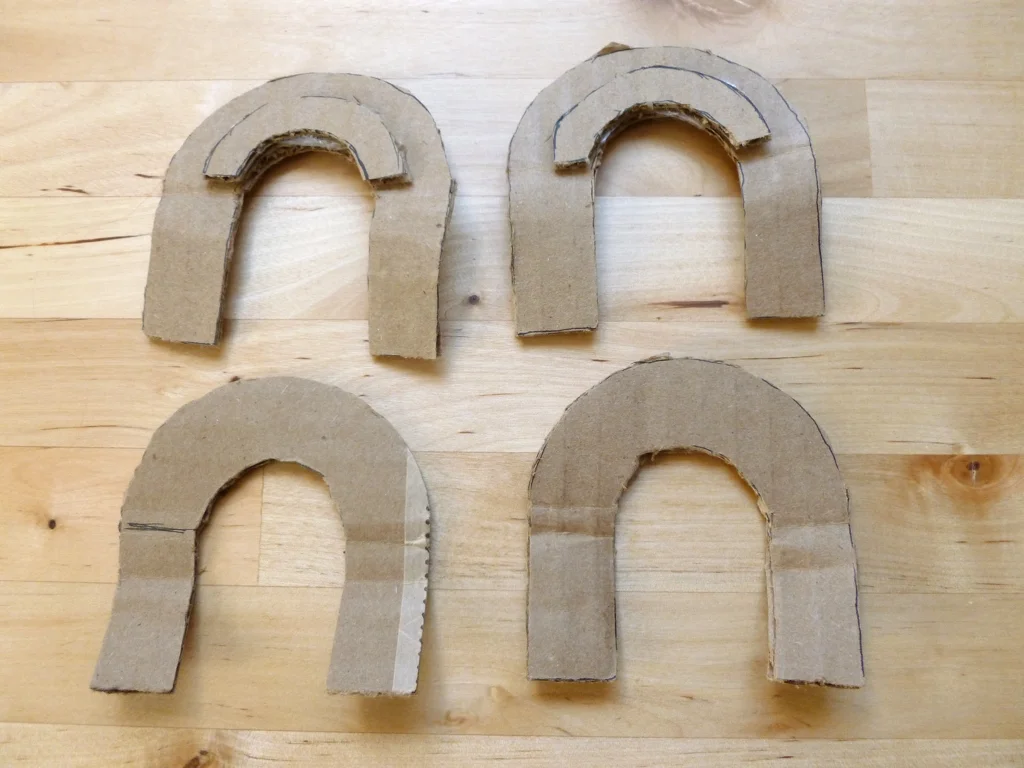The Giant Blue Crochet Basket
/I fell down a bit of a rabbit hole a couple of weeks ago - a big blue crocheted one at that. Crochet baskets have been popping up a lot recently on my various feeds, YouTube binging, and algorithms. This time, instead of filing the idea away for later, I really had to make one. When I had an opportunity to go stash diving for yarns to make a giant, scrappy basket, I pulled out enough yarn to make four! All different sized baskets, of course. And I might have bought a skein of puffy cotton yarn and some wood basket bottoms to try something completely new to me.
I very loosely followed along with a pattern in a video so I could figure out what I was doing. The basket turned out looking like an upside down chef’s hat instead of a cylinder, but I was eyeballing most of it and wanted to try something new. I also didn’t feel like ripping back hours of work spent with this dark navy blue yarn. The upside is that I know how to do a better job on the next one. Plus, this giant, blue thing is weird and I love it. Making it helped me get reacquainted with the movements of crochet - making chains and so much single crochet - which was one of my main goals when I started. I’m also thrilled that I was able to use over 1,000 yds of yarn that I wasn’t sure what to do with until a few weeks ago. Now I’m looking at my yarn stash in a whole new light.
Somehow, making this giant wasn’t enough. All of my current knitting WIP’s need a bit of work to get back to easy, autopilot status and I’m not up for that at the moment. So I grabbed a hook and another skein of of yarn - a much smaller one - and got going. I’ll show that basket and at least one more off in my next post.
This post contains an affiliate link which means, if you decide to buy through that link, I’ll get a small commission at no extra cost to you. Thanks!

